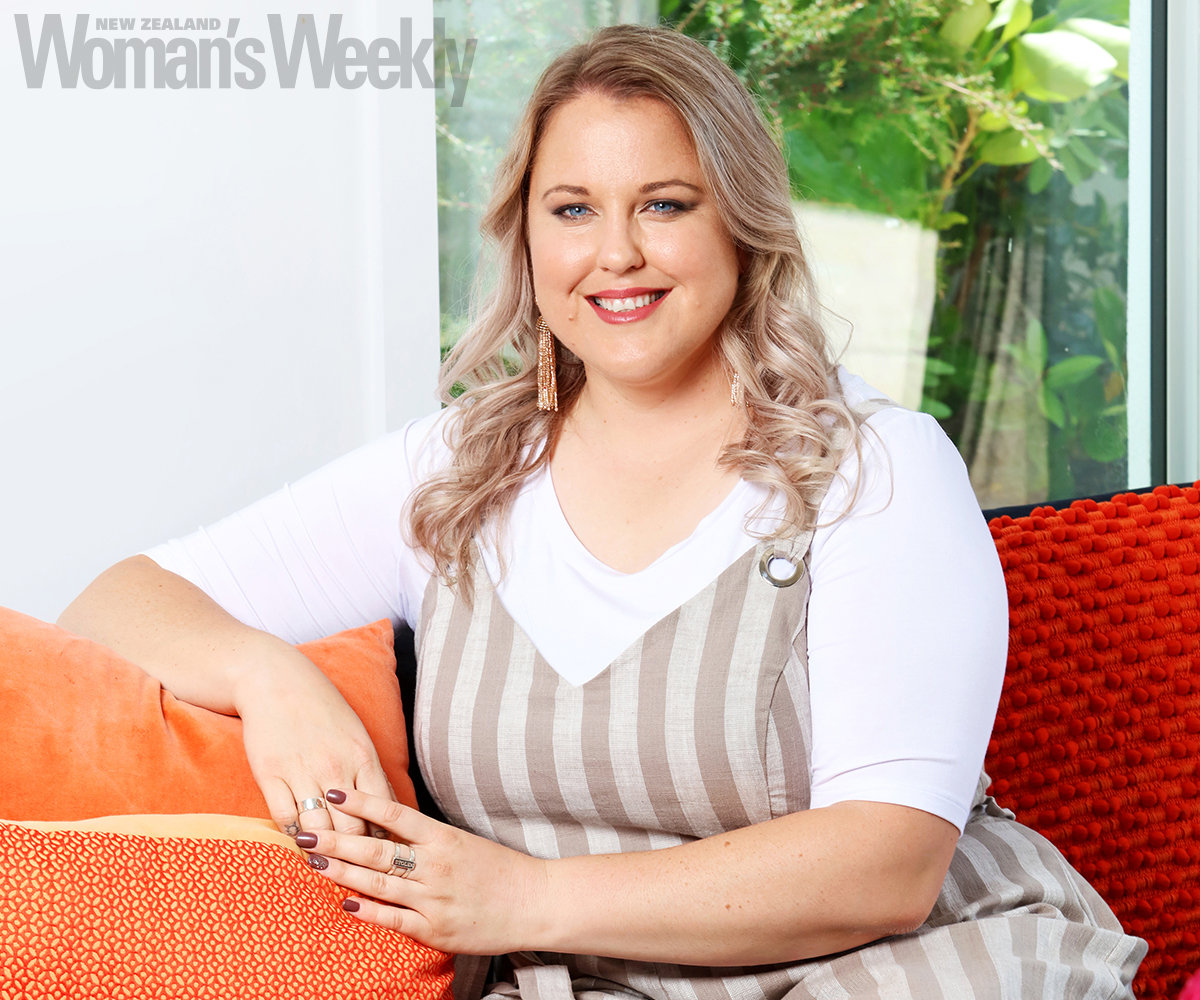Six years ago, Ahlia Mangin awoke with an odd sensation in her right leg, and when she pulled back the covers, she noticed it was blue.
By that afternoon, the then 18-year-old interior design consultant was in hospital having emergency surgery to remove a massive blood clot.
“I was told there was no blood circulating in my leg and that it might need to be amputated,” says Ahlia, now 25.
“When I came to, they said my leg had been saved, but there was no explanation for why I had the clot.”
When she woke up in hospital the next day, suffering from even more pain, Ahlia was rushed in for an ultrasound. The mass had returned and was even larger than before.
This time, it ran from just below her heart all the way down to her right ankle.
“It’s virtually unheard of for a clot to develop so quickly and for me to still be alive,” she says. “I was a real-life medical mystery and it felt like anyone involved in medicine wanted to get a glimpse at the spectacle!”
Fast-forward a few weeks and the usually healthy uni student needed to have another two emergency surgeries because the clot kept returning.
Ahlia became so sick that she could barely talk or move, while doctors threw around various theories including occult cancer, a form of cancer with an unknown primary tumour.

Eventually she was diagnosed with deep vein thrombosis (DVT), which refers to a blood clot in one or more of the body’s deep veins.
Doctors said it was possibly related to May-Thurner Syndrome, a condition Ahlia was diagnosed with at the same time and affects the veins in her pelvis.
In a last attempt to stop the clotting, Ahlia was put on aggressive blood thinners and told that if they didn’t work, she couldn’t expect to live for more than six to 12 months.
Although the drugs didn’t disperse the clot, they managed to keep the trouble at bay, so she was sent home in a wheelchair a month later. But her health issues were far from over.
“I went back to university part-time but didn’t take my wheelchair in because I didn’t want to draw attention to myself,” she says. “I could only stand in short stints and had to get the bus, which was sometimes full. I’d ask people to give up their seat, knowing they’d probably think I was lazy or entitled, and sometimes they’d say no.”
With the help of daily gym workouts, she was eventually able to walk longer distances, but needed regular breaks to raise her leg.
“My leg would swell and get pins and needles when I was upright for too long,” she says.
“When I’d lift my leg in public, people looked at me funny – and that’s the hard thing about having an illness people can’t see.”
Ahlia will need to take blood thinners for the rest of her life.
As well as everything else, she’s been diagnosed with post-thrombotic syndrome, an incurable condition that causes swelling and pain where the veins were so extensively damaged, and has chronic regional pain syndrome, which causes her left leg and both arms to mimic the symptoms of her right leg.
Another shock was waking in late 2016 and not being able to feel her face, which turned out to be the result of cerebral vasoconstriction syndrome, a condition that causes brain spasms similar to a mini stroke. Again, she was lucky to survive the ordeal, so she’s determined to stay positive.
“It’s crazy what you can get used to,” says Ahlia, who met her supportive partner Xandy McKenzie, 28, at a café three years ago.
“I have pain everywhere, but it’s normal to me now.”
To help improve the circulation in her legs, Ahlia wears thigh-high compression stockings every waking moment, which squeeze her legs so tightly that the blood is forced to circulate.
“I always cover my stockings and get jealous of other women who are able to wear skirts, dresses and shorts,” she says.
“I struggled with the fact that just by looking at me, you can’t tell there’s anything wrong, but when I get down about the pain, I remember I could have one leg, or worse, be dead. My main thing is to treat everyone with respect and kindness, because you never know what someone’s going through.”
 Bronagh Moloney
Bronagh Moloney


